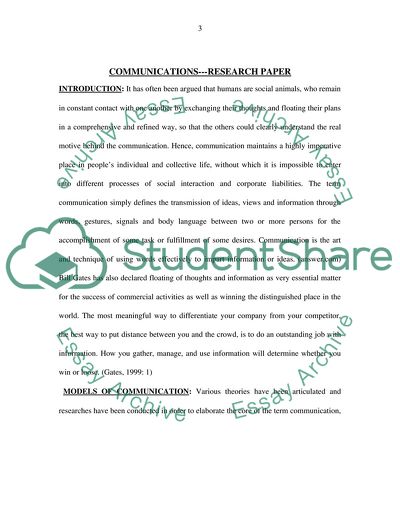Cite this document
(Models and Principles of Communication Research Paper, n.d.)
Models and Principles of Communication Research Paper. Retrieved from https://studentshare.org/journalism-communication/1717630-communications-research-paper
Models and Principles of Communication Research Paper. Retrieved from https://studentshare.org/journalism-communication/1717630-communications-research-paper
(Models and Principles of Communication Research Paper)
Models and Principles of Communication Research Paper. https://studentshare.org/journalism-communication/1717630-communications-research-paper.
Models and Principles of Communication Research Paper. https://studentshare.org/journalism-communication/1717630-communications-research-paper.
“Models and Principles of Communication Research Paper”, n.d. https://studentshare.org/journalism-communication/1717630-communications-research-paper.


